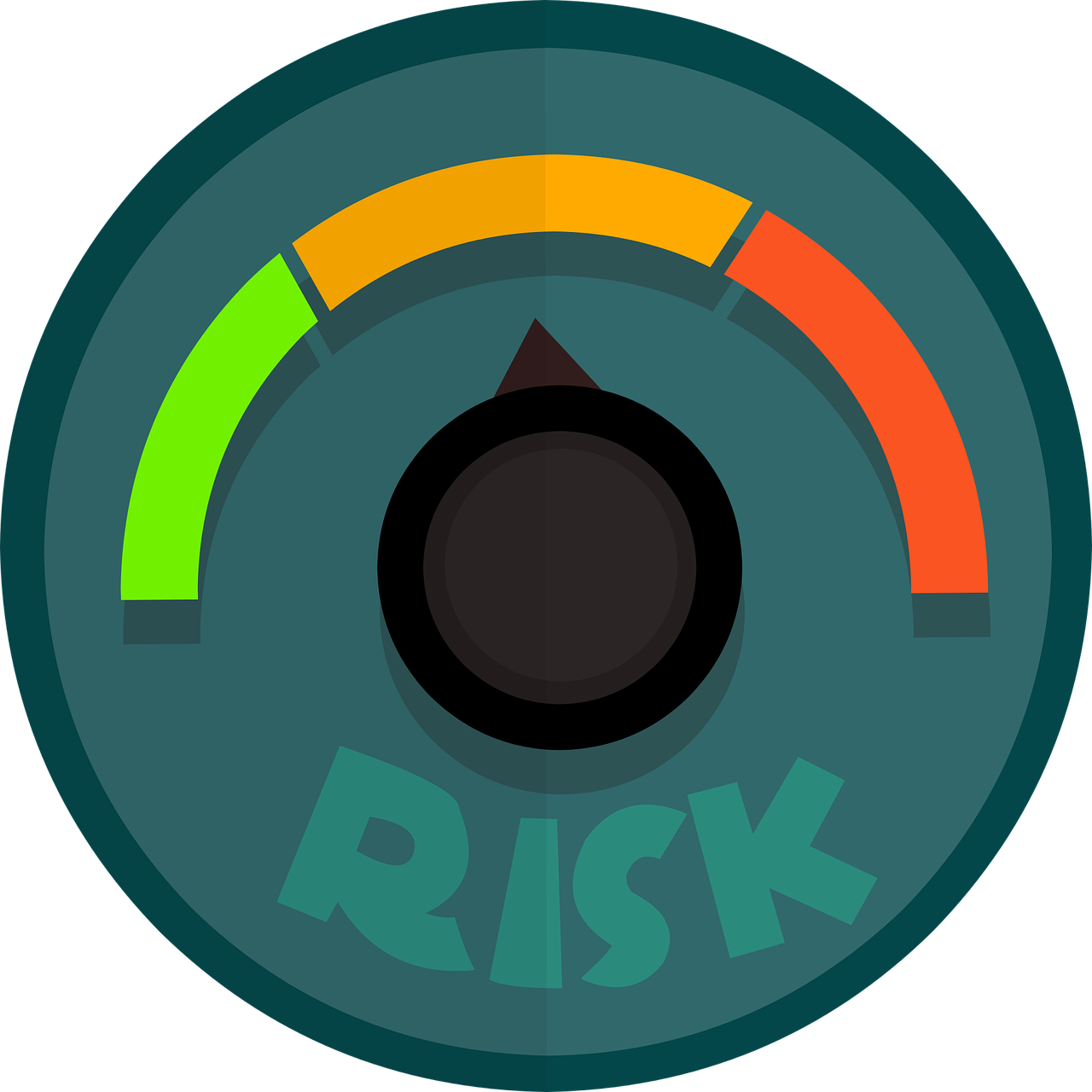
I managed many crises during my service as a U.S. diplomat. One of the most important lessons I learned is that everyone has a different threshold of risk. That’s the amount of risk a person is comfortable taking when faced with danger and uncertainty.
When people have not yet reached their threshold of risk, they function reasonably well despite the dangers they face. When they exceed their risk limit, anxiety kicks in, fear becomes overwhelming, and they struggle to perform.
I saw this dynamic very clearly after insurgents fired rockets at the al-Rasheed hotel in Baghdad in 2003. For State Department employees in Iraq, this attack changed our perception of the risks we were taking. For many people, that risk exceeded their threshold.
While a few people immediately left Baghdad, many others were pressured to remain in-country despite their discomfort. Staff who remained despite having exceeded their thresholds of risk suffered from high anxiety and struggled with performance. Many became a burden on the rest of the team.
Many organizations are exploring ways to bring employees back to the workplace during the coronavirus pandemic. Returning to a workplace during this pandemic entails a certain amount of risk, given the uncertainty associated with the virus. While putting in place mitigation measures such as wearing masks and regular cleaning may reduce some hazards, it’s impossible to eliminate all risks.
Wise supervisors strive to avoid asking employees to return to the workplace when this would exceed their risk threshold. It’s essential to recognize that every employee has a personal threshold of risk and to talk with staff about their concerns. While there may be easily identifiable justifications for low thresholds such as underlying health issues or a vulnerable family member, there are also less apparent reasons why someone is more risk-averse.
I learned to explore underlying reasons when one of my employees resisted moving into a new office. I assumed she was jockeying for an office closer to leadership but luckily did not act on that assumption. Instead, I met with her privately to explore her reasoning. She told about a terrorist incident she’d experienced years before and explained that working in an office with windows on the main street felt too risky for her. Her anxiety spiked when she thought about working in that office. An office that was not on the main street felt less precarious. If we had not adjusted and accepted her threshold of risk, her anxiety would have interfered with her performance.
Here are some ways you can ensure that you’re not pushing employees beyond their thresholds of risk as you return to the workplace:
Understand and Accept Your Employees’ Risk Thresholds
Some people are more risk-averse than others. When faced with uncertainty, they prefer to minimize loss, even when it reduces possible gains. This may be a personality trait or be influenced by life experiences. Either way, it is unlikely you will persuade someone to be less risk-averse. Instead, accept your employees’ risk thresholds and ask what they need from you to mitigate them.
Don’t Push for One Size Fits All
Some supervisors mistakenly think that fairness means treating all employees equally. As a result, they settle on one solution and try to persuade everyone to adopt the same approach. They may reward employees who are comfortable returning to the office at the first opportunity, which pressures others to exceed their risk thresholds. Or, they defer to those with lower risk tolerance and frustrate colleagues who would like to take more risks. Instead, recognize individual risk tolerances and institute policies that allow for flexibility. It is ok if some employees return to the workplace sooner than others based on their preferences.
Don’t Impose Your Risk Threshold on Others
Some leaders assume that their perception of risk is “right,” and when employees differ, they are unreasonable or insubordinate. There is no right or wrong when it comes to risk. That’s why managing risk is so challenging. Recognize that your risk threshold is based on your personality and past experiences. Others will have very different, yet just as valid, responses to the same situation.
Don’t Minimize People’s Fears
If you dismiss or minimize your employees’ fears, their fear will not go away. Telling someone “not to be scared” communicates that their concerns are not valid. When employees don’t feel heard, they often become frustrated and angry. Some people may try to suppress their fear, which drains their emotional energy and erodes resilience. Instead, acknowledge and accept their fears and focus on actions you can take to address the underlying causes.

